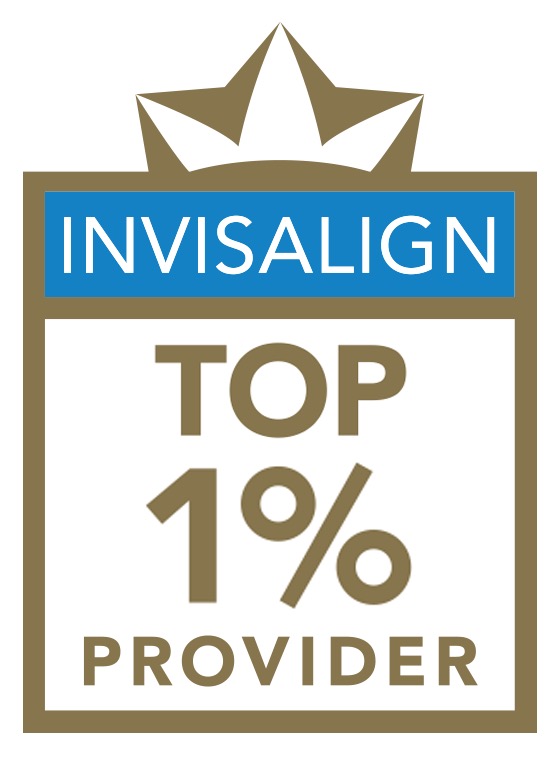
How Long Do I Have to Wear Braces?
We like to think our patients love us and enjoy visiting us at our practice, but we also know they want their orthodontic treatment time to go by as quickly as possible. When we discuss braces with a new patient, one question that always comes up is “How long will I have to wear braces?” The general answer is that braces can take 18 months to 3 years to straighten your teeth. If that seems like a wide range, indeed it is. We can typically offer a narrower window for everyone’s individual situation, but the real answer is always “It depends.”
That answer naturally gives rise to a follow-up question. “What does it depend on?” Well, several things, including:
1. The severity of the problem
Sometimes a patient’s teeth are just somewhat crooked. Other times, the patient’s jaws are misaligned (what’s medically called a malocclusion), and in some cases the misalignment can be quite pronounced. Naturally, correcting a severe malocclusion will take more time than straightening teeth in jaws already in their ideal alignment.
2. Age
Adolescence is the prime years for orthodontics because the adult teeth have grown in, but the jaw is still developing. Orthodontists take advantage of the developing jaws to correct malocclusions relatively quickly. In some cases, we can start diagnosing problems and prepping the patient for orthodontics as early as seven years old. It’s not at all uncommon these days for adults to get braces, but because their jaws have stopped developing, treatment can take longer.
3. The types of braces or appliances used
When we can, we give our patients a choice for their orthodontic treatments. There is typically a trade-off between expense, aesthetics, and treatment times for the various choices. For example, many patients prefer the look of ceramic braces, but metal braces are stronger and can work more quickly. Lingual (behind-the-teeth) braces do a good job of hiding the hardware, but again, this choice can extend treatment times. The Damon system uses a type of braces that are typically faster than traditional braces, but they can cost a little more.
4. Oral hygiene
When you have braces, keeping your teeth clean can take a little longer than normal, but it’s important to make the effort. Infections and tooth decay will extend treatment time (and cause additional dental problems as well).
5. Compliance
Compliance basically means how well you follow your doctor’s instructions. For example, if your treatment is Invisalign, you will likely be told to wear the aligners for 20-22 hours a day. But if you wear them only now and then or whenever you feel like it, treatment will not progress according to schedule. The same goes for headgear, retainers, rubber bands, and other orthodontic tools. Comply with our recommendations to have treatment go as quickly as possible.
And there are also the unknowns. When trying to move 32 teeth into place while aligning jaws, there are a lot of moving parts. The endeavor is complex, and sometimes things can go quicker or take a little longer than planned.
So remember, when we say “It depends” to questions about treatment times, the answer is not an attempt to dodge the question. It’s just an admission that many different factors come into play.


 Orthodontext Patient Sign Up
Orthodontext Patient Login
Orthodontext Patient Sign Up
Orthodontext Patient Login











